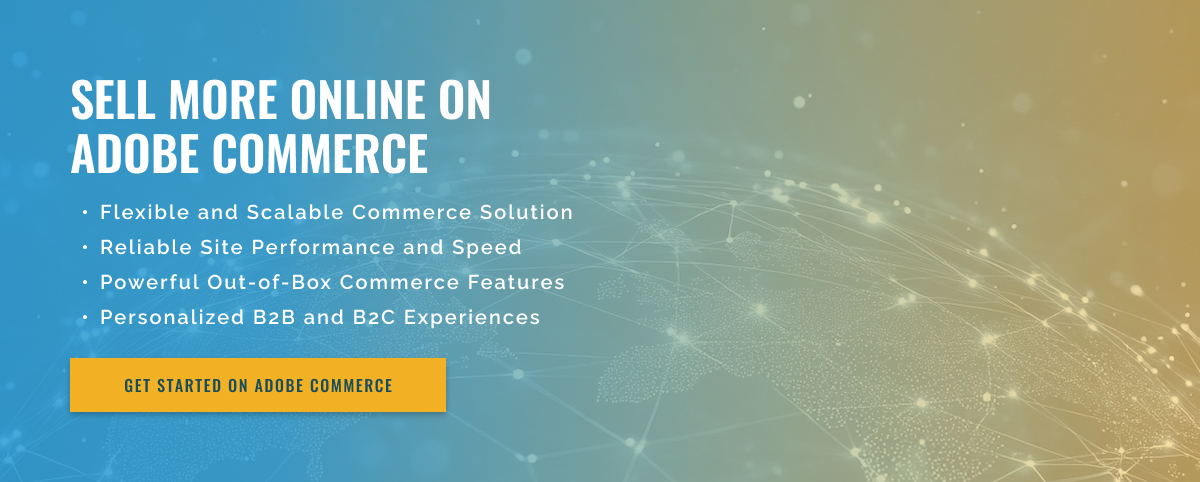3 minute read
Adobe’s Journey to SaaS Dominance: From Software Giant to Cloud Powerhouse
Adobe has long been a dominant force in the software world. With popular products like Photoshop and Illustrator, as well as a comprehensive suite of creative applications, Adobe is the go-to choice for designers, photographers, and creative professionals. However, in recent years, Adobe has undergone a major transformation, cementing its position as a SaaS giant.
In this article, we explore Adobe’s evolution from a traditional software company to a leader in the cloud-based software industry.
Adobe’s journey into SaaS began in 2013, when the company announced that it would transition its entire business model to a subscription-based service, also known as Software-as-a-Service (SaaS). This marked a significant departure from the traditional model of selling software licenses that had been the norm for years. The move was met with some skepticism, as many believed that Adobe’s decision would result in a loss of revenue and customers.
For Adobe, however, the decision proved to be a game-changer. By moving to a subscription model, the company not only gained a more sustainable and predictable revenue stream, but it also offered more flexible and affordable options to its customers. With SaaS, customers could pay a monthly or annual fee for access to Adobe products, instead of a one-time upfront payment. This made Adobe products accessible to a wider audience, including students and hobbyists.
In addition to the financial benefits, moving to SaaS also allowed Adobe to continually update and improve its products. In the traditional model, customers had to wait for new versions or updates of the software to be released. With SaaS, updates are delivered in real time, so customers receive the latest features and bug fixes as soon as they are available.
Additionally, Adobe was able to expand its product offerings with its SaaS model. In addition to the popular Creative Suite, Adobe now offers a range of cloud-based applications and services, such as Adobe Experience Cloud, that are tailored to the needs of businesses and enterprises.
Adobe’s transformation into a SaaS giant has proven to be a smart and successful decision. The company’s financial position and customer base have continued to grow, cementing its position as a leader in the cloud-based software industry.
As more businesses move to subscription models, Adobe’s success story is a great example of how a willingness to change can lead to significant growth and success.

